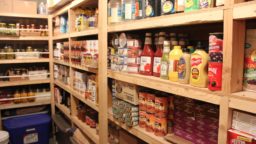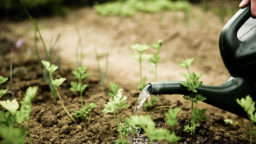Coffee grounds are a common cheap and easy form of organic material to add to your compost pile or garden. Here are a few tips for how, and why, to use them in your garden.
Coffee and pH
Despite what you might have heard, coffee grounds in your garden will have little to no effect of your soil pH and will not harm plants even when applied directly as a top dressing in generous amounts. The acid that is in the coffee you drink is there because it is water-soluble, meaning that is has been removed from the coffee grounds by the water that was used to brew your coffee. The spent grounds themselves will have a near-neutral pH of 6.5 to 6.8.
This Backyard Miracle Farm Will Change Our World Forever>>>
Nutrients in Coffee
That being said, there is quite a bit in coffee grounds that will have an effect on the soil in your garden. Coffee grounds have an average NPK of 2.1, 0.3, 0.3. And the Phosphorus and Potassium are plants available right away, while the Nitrogen will not be available until broken down by micro-organisms and worms that will be attracted to the garden by the grounds. There is also Magnesium, Copper, Calcium, Manganese, Iron, and Zinc in coffee grounds. All of which provide food for your plants and for soil life that contributes to the health of your garden. For those that still can’t get over the fear of applying coffee grounds directly to your garden soil, there is always the compost pile.
Compost
Coffee grounds will heat up a compost pile quickly which can help keep the necessary organisms alive as we head into the fall and winter months. And worms love coffee grounds. Like chickens, worms have gizzards and have no teeth to break down their food. The coarse texture of the grounds and their small size are great for this.
Availability
But perhaps the best thing about coffee grounds is that they are available in most places, and in bulk, for free. Coffee shops are just going to throw them away, and often times they have separate trash cans that only contain coffee grounds and coffee filters (which are also great in the garden or compost pile). So even if you don’t drink coffee yourself, stop by a coffee shop today and get your garden a boost.
Advanced Gardening Course To Accelerate Your Food Production…
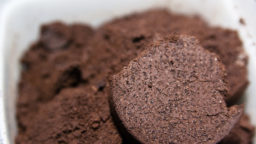
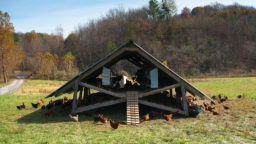




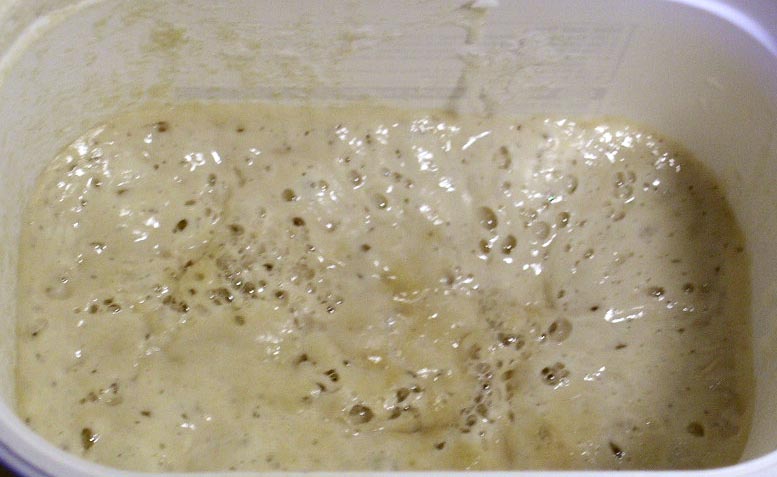 very distinct sour smell that is signature to sourdough. It is active when it is light with many big bubbles, like
very distinct sour smell that is signature to sourdough. It is active when it is light with many big bubbles, like